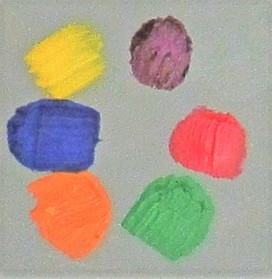 These are pure hues, but I was unable to avoid some glare, especially on the purple.
These are pure hues, but I was unable to avoid some glare, especially on the purple. I received my first set of oils when I was eleven, so by the time I was studying Walter Koch’s binder of the Ostwald color system I had experienced mixing colors—but I had had no idea of how very little I knew. The book did not instruct the reader in mixing, but the notion that one could mix any color with a hue and black and white called to me to put it to work.
The book did have things to say about color harmonies, a subject of which I had never been directly aware. Now I discovered a thrill, a real thrill, when contemplating the simple combinations of colors suggested in Walter’s book.
These are pure hues, pretty much straight out of the tube. I hope they come across as if I had lifted them from a standard color wheel.
Below are more samples of harmonious combinations all of the same type. All the colors in each set have the same percentage of white and the same percentage of black mixed with a pure hue—as best I can approximate a book I haven’t seen in decades. These are not perfect but you get the general idea.
The book did have things to say about color harmonies, a subject of which I had never been directly aware. Now I discovered a thrill, a real thrill, when contemplating the simple combinations of colors suggested in Walter’s book.
These are pure hues, pretty much straight out of the tube. I hope they come across as if I had lifted them from a standard color wheel.
Below are more samples of harmonious combinations all of the same type. All the colors in each set have the same percentage of white and the same percentage of black mixed with a pure hue—as best I can approximate a book I haven’t seen in decades. These are not perfect but you get the general idea.
| I have used one premixed gray to blend with each of the hues, so that the only challenge now is to mix equal amounts (visually speaking) of this gray to each hue. Because my homemade book of colors is non-archival and over 40 years old, I’ve had to eyeball my mixes. I am seeking to match colors that would appear on the same location on each of the respective hue triangles. (See the previous blog post “Discovering Color.”) Try it for yourself! Be aware that different pigments behave differently in mixes; I will have to compensate. |
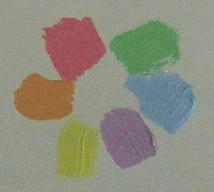 Each of these harmony groups begins with the same six hues above.
Each of these harmony groups begins with the same six hues above. How did Ostwald manage all of this, without a book to work from? He made a wheel, and covered varying sizes of pie sections with hue, white and black—hence his percentages—and spun it.
There are a lot of technical issues I am leaving out of this account, such as the coordinates used to place a tonal color precisely. Without a ready-made reference, I don’t see how descriptions of these technicalities would help the reader; and though I sometimes use them myself, they are not absolutely necessary. For my friends who were hoping to get some suggestions about harmony, this account should at least give a direction for their own experiments.
There are a lot of technical issues I am leaving out of this account, such as the coordinates used to place a tonal color precisely. Without a ready-made reference, I don’t see how descriptions of these technicalities would help the reader; and though I sometimes use them myself, they are not absolutely necessary. For my friends who were hoping to get some suggestions about harmony, this account should at least give a direction for their own experiments.
| One of the unexpected consequences of learning about tonal color harmonies was that I became much more sensitive. I had had trouble enjoying the work of Henri Matisse, and could not understand the hoopla about his color, which seemed to me muted, even washed out. |
But now! What a knockout! I began using more and more subtle tonal combinations in my own painting because, well, I loved them. Bright colors are striking and appealing to many, I know, but I am a quiet person and relationships of colors excite me more than singletons.
Future color topics
Hue Balance: Simple and Complex
Color Harmonies: Holding Hue Constant
Two more dimensions: value and temperature; Munsell
Navigating across the Quiller wheel, and through the color solid
Chevreul, Itten et al.
Dyes and flakes
Future color topics
Hue Balance: Simple and Complex
Color Harmonies: Holding Hue Constant
Two more dimensions: value and temperature; Munsell
Navigating across the Quiller wheel, and through the color solid
Chevreul, Itten et al.
Dyes and flakes
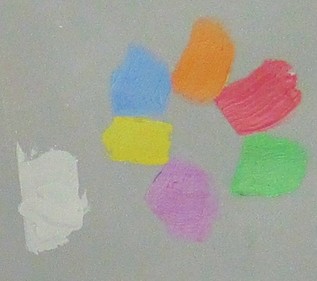
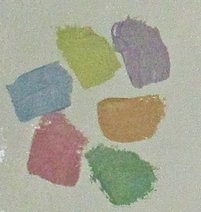
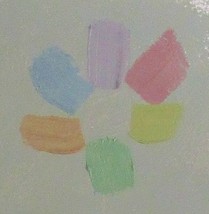
 RSS Feed
RSS Feed